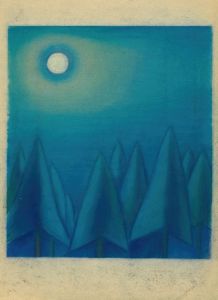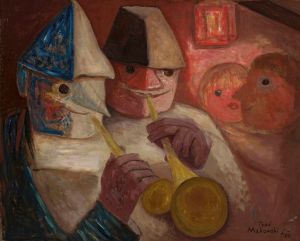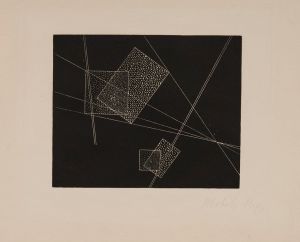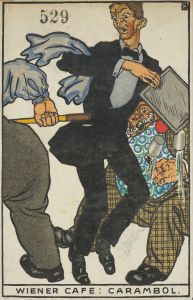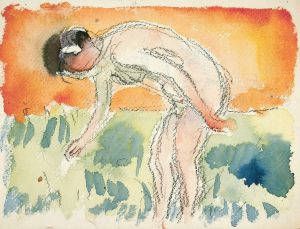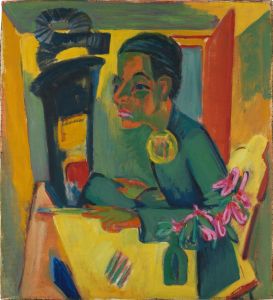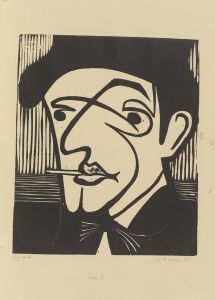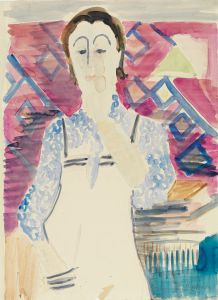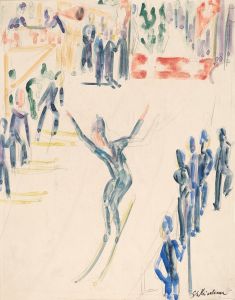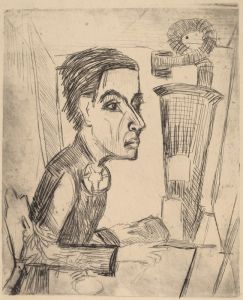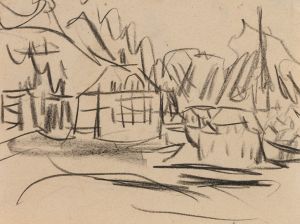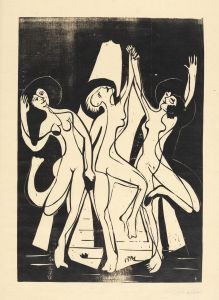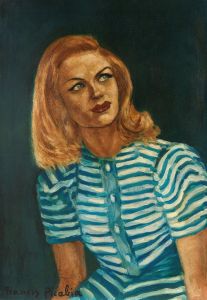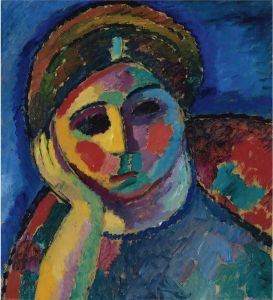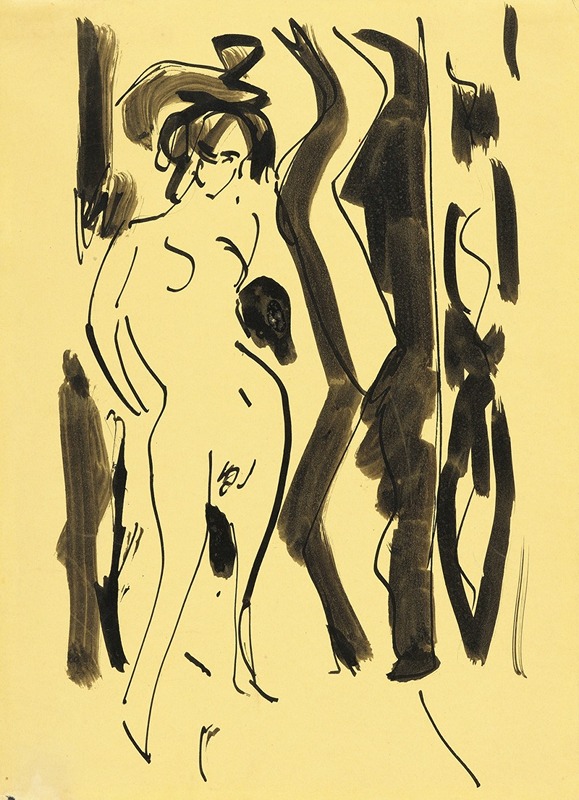
Frauenakt
A hand-painted replica of Ernst Ludwig Kirchner’s masterpiece Frauenakt, meticulously crafted by professional artists to capture the true essence of the original. Each piece is created with museum-quality canvas and rare mineral pigments, carefully painted by experienced artists with delicate brushstrokes and rich, layered colors to perfectly recreate the texture of the original artwork. Unlike machine-printed reproductions, this hand-painted version brings the painting to life, infused with the artist’s emotions and skill in every stroke. Whether for personal collection or home decoration, it instantly elevates the artistic atmosphere of any space.
Ernst Ludwig Kirchner's Frauenakt (translated as "Female Nude") is a painting created by the German Expressionist artist, who was a founding member of the influential art movement Die Brücke (The Bridge). Kirchner, born in 1880 in Aschaffenburg, Germany, was a central figure in early 20th-century modern art, known for his bold use of color, dynamic compositions, and exploration of the human form.
Frauenakt exemplifies Kirchner's interest in the nude figure, a recurring subject in his work. The painting reflects the artist's fascination with the human body as a natural and expressive form, often depicted in a raw, unidealized manner. Kirchner's approach to the nude was influenced by non-Western art, particularly African and Oceanic art, which he admired for its perceived authenticity and emotional power. This influence is evident in the simplified forms and exaggerated features present in many of his works, including Frauenakt.
The painting is characterized by Kirchner's signature style, which combines angular lines, vibrant colors, and a sense of immediacy. His use of bold, non-naturalistic colors and dynamic brushstrokes conveys a sense of energy and emotional intensity. These stylistic elements are hallmarks of the Expressionist movement, which sought to convey subjective emotions and experiences rather than objective reality.
Kirchner's nudes often reflect his interest in the relationship between humans and nature, as well as his desire to break away from traditional academic representations of the body. Many of his works, including Frauenakt, were created during a period when he and other members of Die Brücke sought inspiration from outdoor life, frequently sketching and painting in natural settings. This connection to nature is a key aspect of Kirchner's artistic philosophy.
The exact date of creation and current location of Frauenakt are not definitively documented in available sources. However, it is consistent with Kirchner's broader body of work, which includes numerous depictions of nudes in both studio and outdoor settings. His art was deeply affected by the social and cultural changes of his time, as well as his personal struggles, including his experiences during World War I and his subsequent mental health challenges.
Kirchner's contributions to modern art were significant, and his works continue to be celebrated for their innovative approach and emotional depth. Despite facing persecution during the Nazi regime, which labeled his art as "degenerate," Kirchner's legacy endures as a pioneer of Expressionism. Frauenakt stands as a testament to his exploration of the human form and his commitment to pushing the boundaries of artistic expression.





